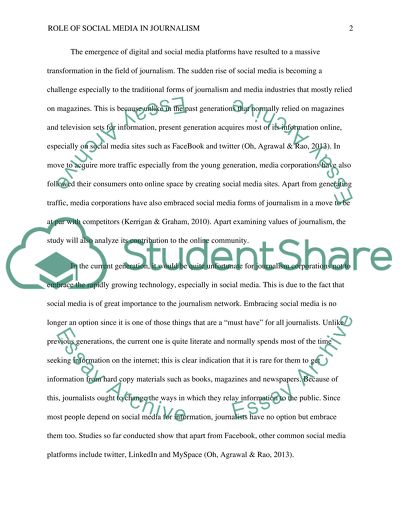Cite this document
(“What is the role of social media in the field of journalism-LITERATURE Term Paper”, n.d.)
Retrieved from https://studentshare.org/journalism-communication/1649442-what-is-the-role-of-social-media-in-the-field-of-journalism-literature-review
Retrieved from https://studentshare.org/journalism-communication/1649442-what-is-the-role-of-social-media-in-the-field-of-journalism-literature-review
(What Is the Role of Social Media in the Field of Journalism-LITERATURE Term Paper)
https://studentshare.org/journalism-communication/1649442-what-is-the-role-of-social-media-in-the-field-of-journalism-literature-review.
https://studentshare.org/journalism-communication/1649442-what-is-the-role-of-social-media-in-the-field-of-journalism-literature-review.
“What Is the Role of Social Media in the Field of Journalism-LITERATURE Term Paper”, n.d. https://studentshare.org/journalism-communication/1649442-what-is-the-role-of-social-media-in-the-field-of-journalism-literature-review.


